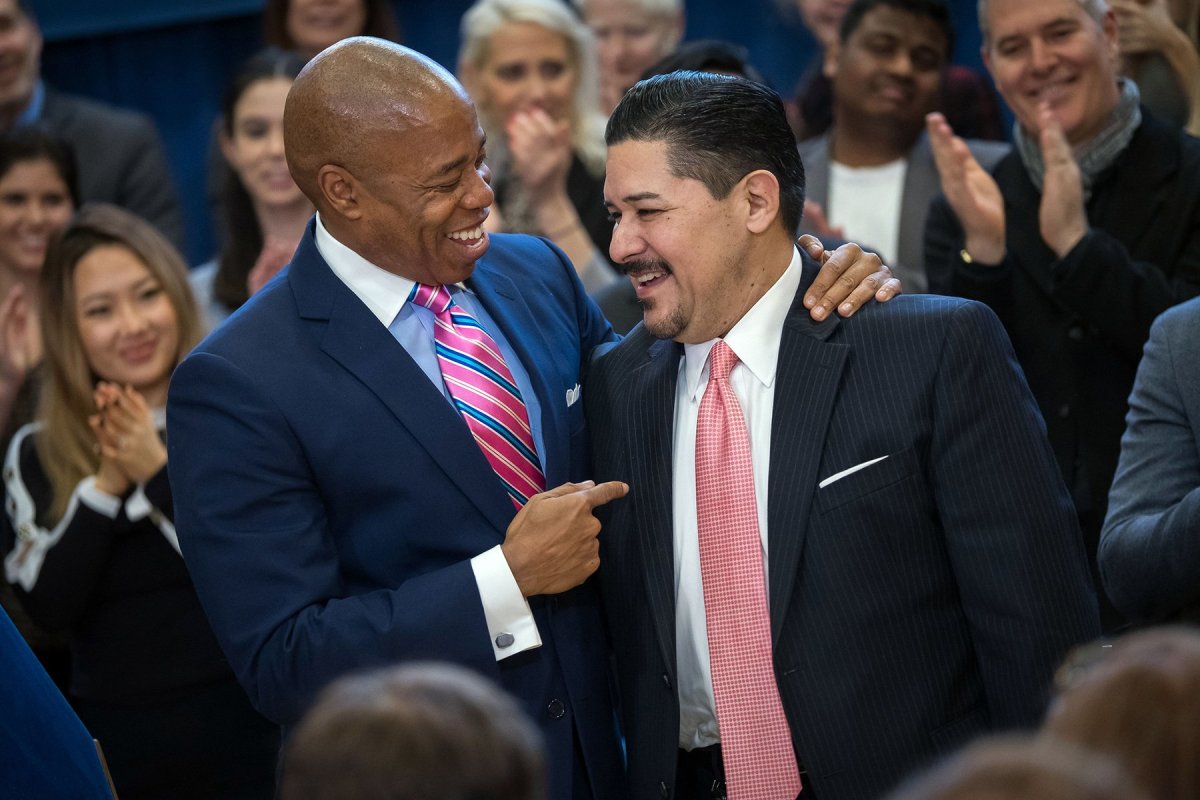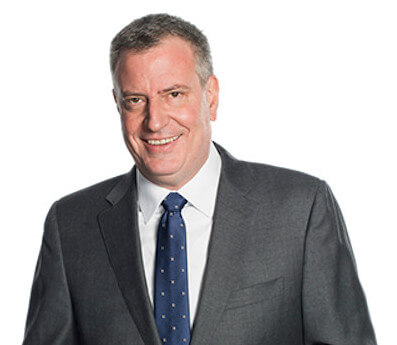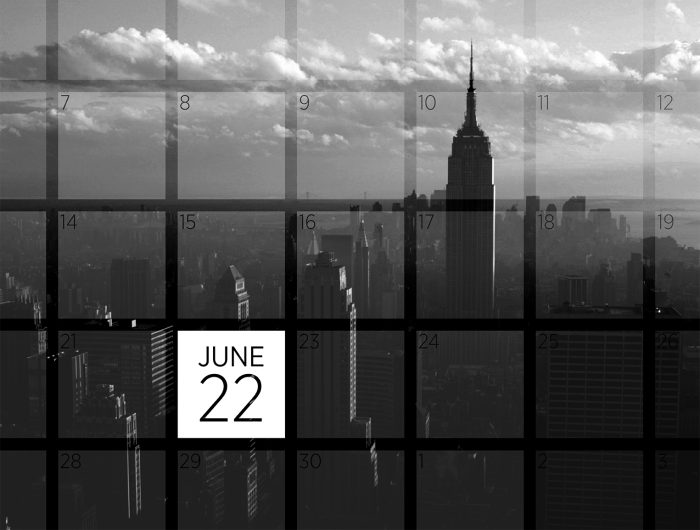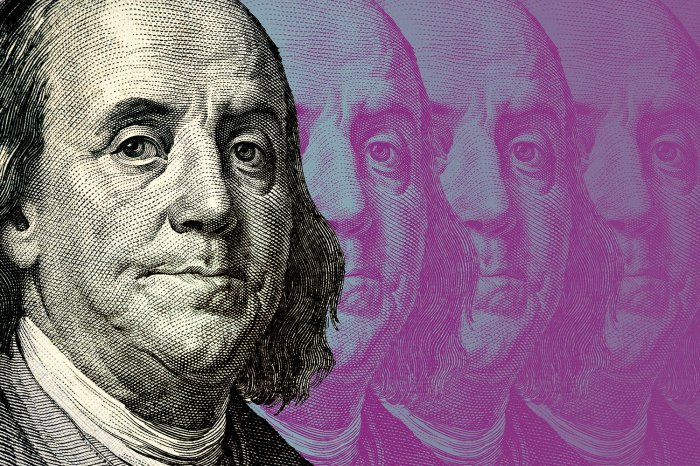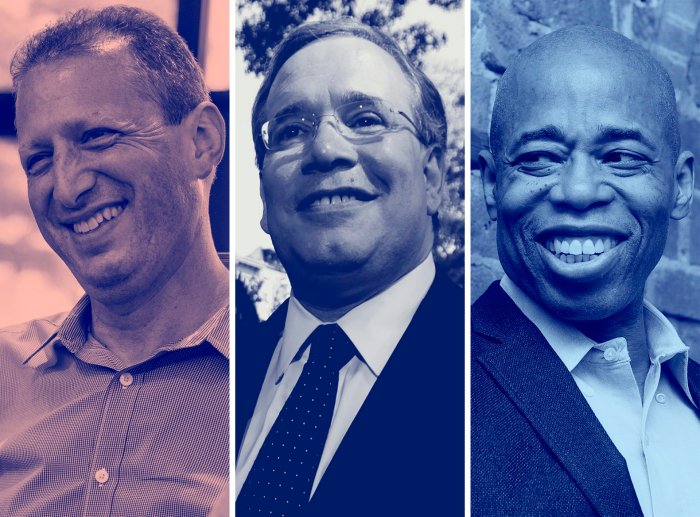Borough President Eric Adams, in his bid to be the next Mayor, released a bulleted recovery plan for the city this weekend.
The 100+ Steps Forward for NYC outlines an ambitious 106 policy proposals and is just under 40 pages. Adams’ plan covers issues in city government, public health and safety, housing, the economy, education, and transportation, and the environment. These topics are all split into big and smaller “steps.”
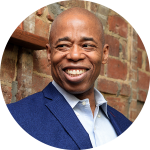
“The next mayor will take office one year from this week–but New Yorkers should not have to wait that long for a clear vision of a better future for their city,” Adams said.
“As a lifelong New Yorker who faced the same hardships many New Yorkers are facing now, I know what our city needs to recover and come back stronger than ever. For far too long, our City government’s ineffectiveness and inattention to serious problems has led to great injustices, holding our city back from reaching its true potential. With these 100-plus steps and our other detailed plans to come, we will finally deliver on New York’s promise of opportunity and prosperity for all,” he added.
Adams spent most of his career outside of politics as a police officer, essentially painting him as a law and order candidate that had to deal with the reckoning of the Black Lives Matter movement and progressive views towards police reforms.
In response to last year’s turbulence, not only between the public and the police department but with massive spikes in gun violence citywide, Adams proposes that local communities are empowered to elect their own precinct commanders and community affairs officers, the system for officers to anonymously report “bad behavior” from “bad apples” be made easier,and the internal “monitoring list” of the offending officers be made public.
Several steps detail how to combat the growing trends in gun violence, including reinventing the anti-crime unit that was previously disbanded into the “anti-gun unit.” Adams advocates for community policing, youth programs, violence interrupters, and recruiting more Black and Brown officers from within the most affected communities.
His plan also talks about how most officers spend time doing clerical work or appearing in court instead of conducting investigations and proposes that $500 million can be saved through the “civilianization” of NYPD units and lowering overtime costs.
The biggest plan for healthcare is to increase COVID-19 testing and vaccinations, but also education around the virus and its effects. Most of the healthcare initiatives aim to treat social issues, like homelessness and mental illness, as part of treatment. The plan also suggested integrating housing assistance into hospital stays.
The most dramatic changes seem to be to education. In Adams’ plan, he said that schools should be open year-round with bigger priority given to low-performing schools in terms of capital funds and mandatory affordable childcare for working families and parents.
For city government, the plan’s big picture is to create a cohesion between all city agencies which includes having agencies share data and metrics on one system and deliver services to communities in need by giving workers tablets. The plan said that at least $1.5 billion could be saved by not hiring any new city workers for the next two years to avoid layoffs, and suggested introducing a “recovery share” that taxes high-income earners (over $5 million) for the next two years.
Other interesting ideas to stimulate city revenue are finding better city contract deals, review city properties that can be used for services or housing, rewarding businesses that hire local and minority workers, repurpose office buildings for housing and hotels, outfit for faith-based institutions to provide housing, conduct building inspections with drones, and sell off New York City Housing Authority (NYCHA) air rights to raise money for repairs.
[This story was originally posted on our sister site, Kings County Politics.]


